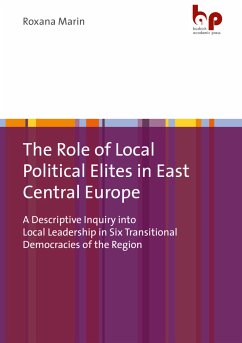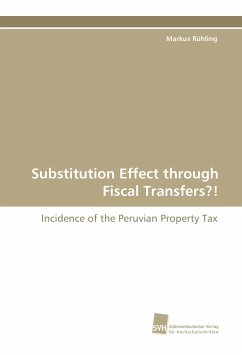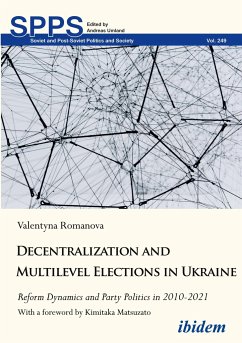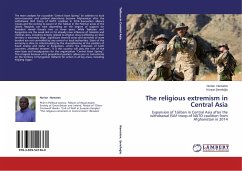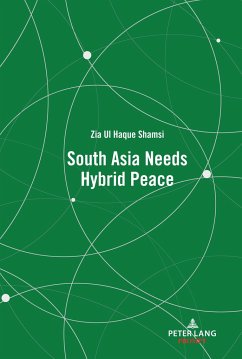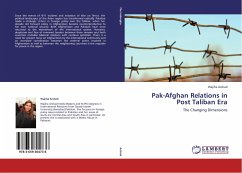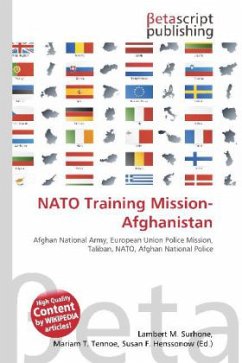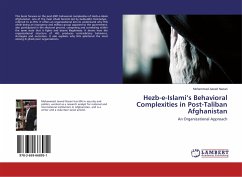
The State-Building Dilemma in Afghanistan
The State Governmental Design at the National Level and the Role of Democratic Provincial Councils in Decentralization at the Sub-National Level
Versandkostenfrei!
Versandfertig in 2-4 Wochen
42,00 €
inkl. MwSt.
Weitere Ausgaben:

PAYBACK Punkte
0 °P sammeln!
Nach fast zwei Jahrzehnten Krieg unterzeichnete die Trump-Regierung im Februar 2020 ein Abkommen mit den Taliban, wonach die Truppen der USA und ihrer NATO-Verbündeten Afghanistan innerhalb der nächsten Monate verlassen müssen. Dieses Abkommen ebnet auch den Weg für innerafghanische Gespräche zwischen der von den USA unterstützten Islamischen Republik Afghanistan und der militanten Gruppe der Taliban. Dieses Buch bietet einen kritischen Überblick über die militärische, friedens- und staatsbildende Interventionen der USA und der NATO seit 2001 in Afghanistan. Darüber hinaus stellt es ...
Nach fast zwei Jahrzehnten Krieg unterzeichnete die Trump-Regierung im Februar 2020 ein Abkommen mit den Taliban, wonach die Truppen der USA und ihrer NATO-Verbündeten Afghanistan innerhalb der nächsten Monate verlassen müssen. Dieses Abkommen ebnet auch den Weg für innerafghanische Gespräche zwischen der von den USA unterstützten Islamischen Republik Afghanistan und der militanten Gruppe der Taliban. Dieses Buch bietet einen kritischen Überblick über die militärische, friedens- und staatsbildende Interventionen der USA und der NATO seit 2001 in Afghanistan. Darüber hinaus stellt es auf der Grundlage gesammelter Feldinterviews die afghanische Wahrnehmung und den afghanischen Diskurs zu Themen wie Demokratie, Islam, Frauenrechte, formelle und informelle Regierungsführung, ethnische Teilung und die staatliche demokratische Regierungsgestaltung auf nationaler und subnationaler Ebene dar.
Dieser Artikel kann nur an eine deutsche Lieferadresse ausgeliefert werden.




